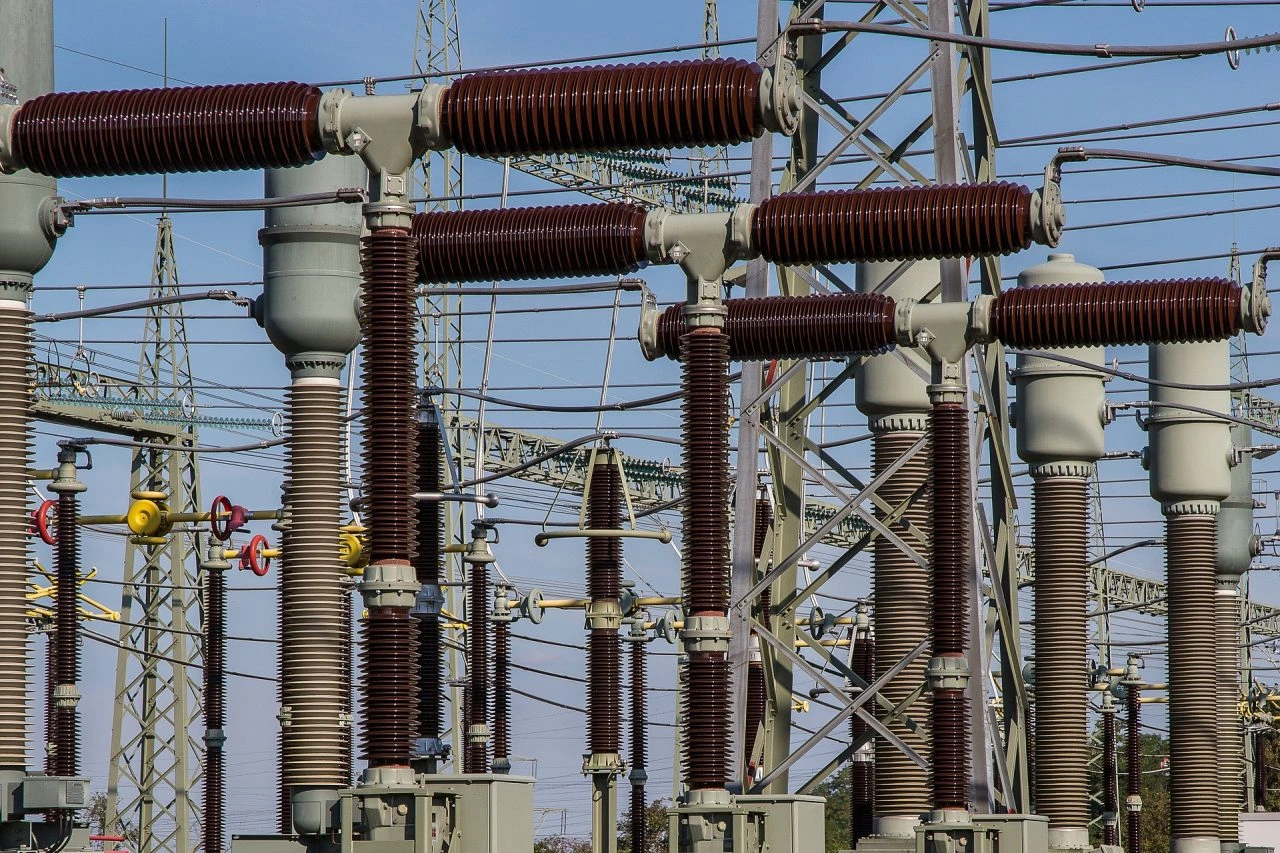Islamabad 23 July: DISCOs Pakistan’s power distribution companies recorded unforeseen additional losses amounting to Rs. 276.81 billion in the fiscal year 2023–24, intensifying the financial crisis within the energy sector.
According to media reports the government invested Rs. 163 billion to improve power distribution performance, yet the losses persisted. Overall, circular debt increased by more than Rs. 235 billion, primarily due to under-recovery of electricity bills, with Rs. 3,885 billion recovered against a target of Rs. 4,081 billion.
An audit report revealed that transmission and distribution (T&D) losses rose to 18.31 percent, significantly higher than the 11.77 percent loss target set by NEPRA, resulting in substantial revenue gaps.
READ MORE: 9 IPPs Show Interest in Buying DISCOs
Peshawar Electric Supply Company (PESCO) led the chart with extra losses amounting to Rs. 97.17 billion, followed by Lahore Electric Supply Company (LESCO) with Rs. 47.63 billion and Quetta Electric Supply Company (QESCO) with Rs. 36.75 billion.
Other major contributors included:
- Sukkur Electric Supply Company: Rs. 29 billion
- Hyderabad Electric Supply Company: Rs. 23.18 billion
- Multan Electric Supply Company: Rs. 22.66 billion
- Gujranwala Electric Supply Company: Rs. 9.22 billion
- Islamabad Electric Supply Company: Rs. 5.87 billion
- Faisalabad Electric Supply Company: Rs. 5 billion
The Auditor General also raised concerns over the debt servicing surcharge being collected from consumers, recommending a shift from burdening consumers to enforcing accountability, improving recoveries, and implementing governance reforms.
Root Causes Behind the Crisis
- High Line Losses and Power Theft
A major portion of the losses stem from technical and commercial inefficiencies. Widespread power theft and line losses—especially in poorly monitored regions—continue to plague the grid. - Low Bill Recovery Rates
Many DISCOs struggle to recover bills from consumers, particularly from government bodies and high-loss areas. Non-payment or delayed payment compounds the financial pressure. - Outdated Infrastructure
Aging distribution networks lead to frequent breakdowns, voltage fluctuations, and high maintenance costs, all contributing to inefficiencies. - Lack of Accountability and Governance
Poor internal governance, political interference, and mismanagement have made it difficult to enforce reforms or take disciplinary action. - Subsidy Burden and Pricing Gaps
The price of electricity often doesn’t reflect actual generation and distribution costs. Heavy government subsidies create a funding shortfall, which is not always compensated on time.









